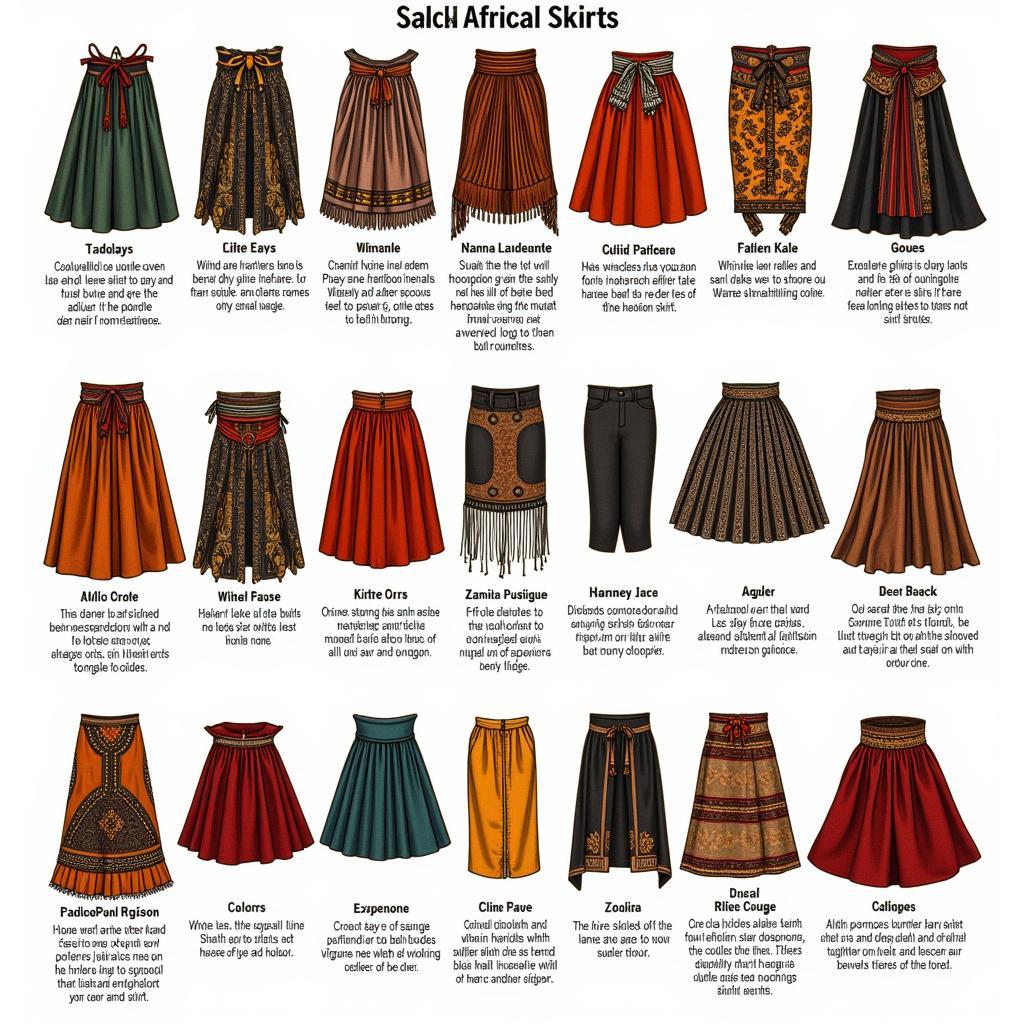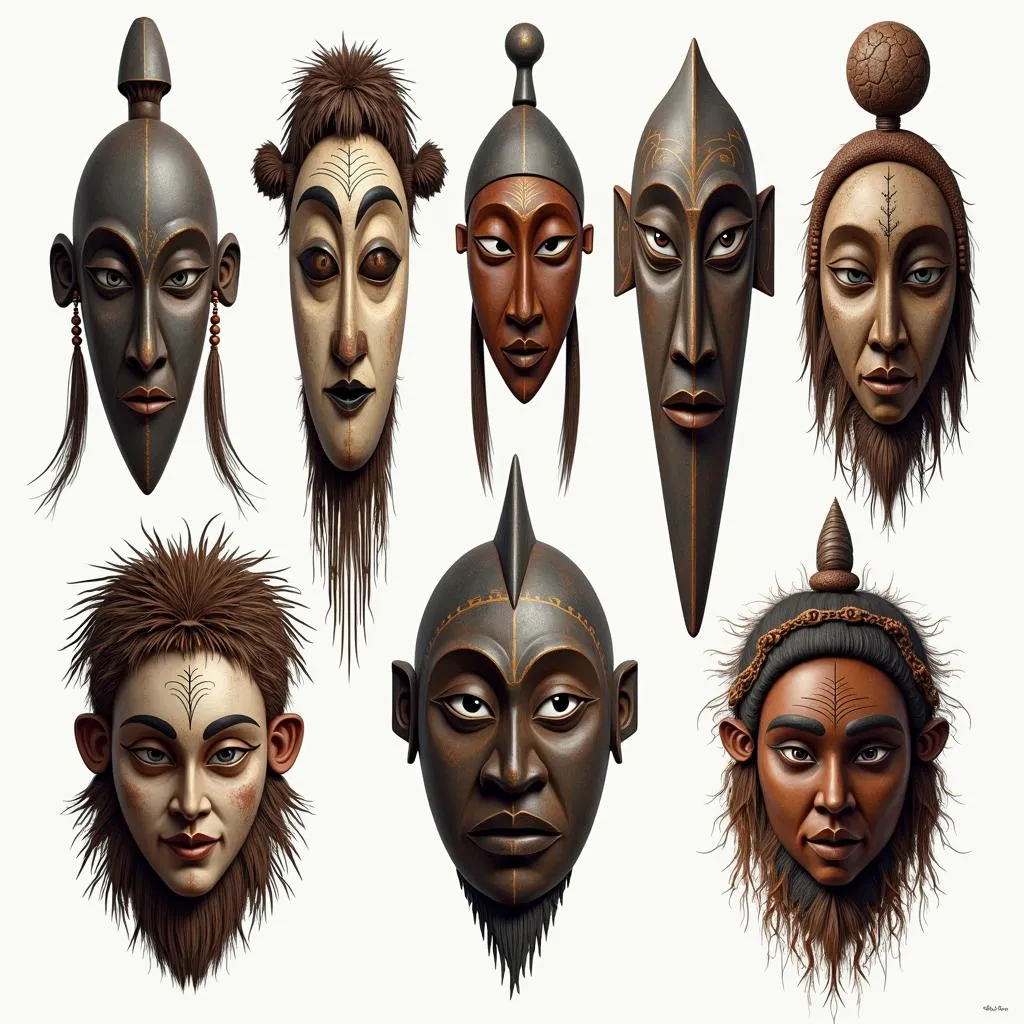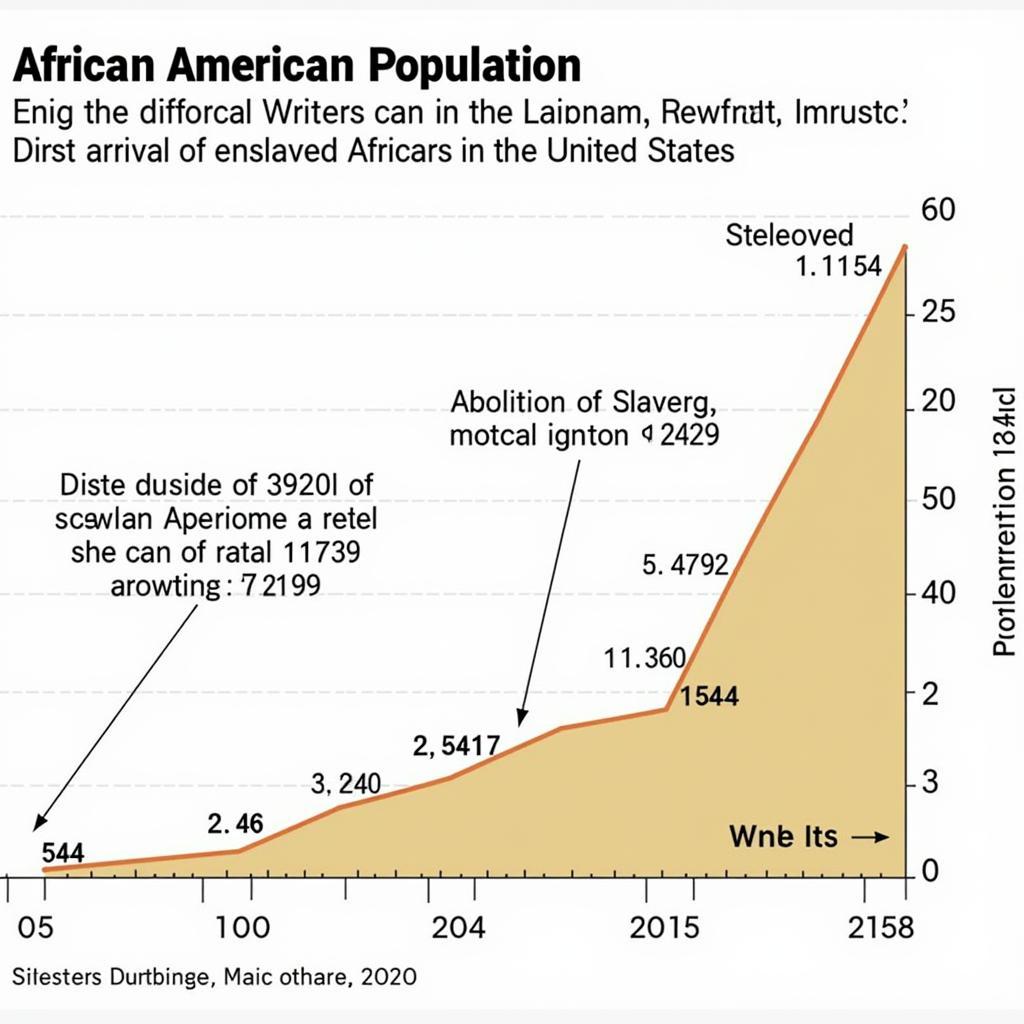Exploring African Countries in the Torrid Zone
The torrid zone, also known as the tropics, encompasses the area between the Tropic of Cancer and the Tropic of Capricorn. This region is known for its warm climate and is home to a diverse range of ecosystems. Many African countries lie within this torrid zone, each boasting unique cultures, landscapes, and wildlife. This article delves into the characteristics of these African countries in the torrid zone, exploring their shared traits and individual distinctions.
Climate and Geography of African Countries in the Torrid Zone
The defining characteristic of countries in the torrid zone is their tropical climate. This means high temperatures year-round, with distinct wet and dry seasons in many areas. This climate significantly influences the flora and fauna, creating lush rainforests, vast savannas, and arid deserts depending on the specific location within the zone. The geographical diversity within these countries is stunning, ranging from the snow-capped peaks of Mount Kilimanjaro to the expansive Sahara Desert. This variety contributes to the rich biodiversity found within these nations.
The consistent warmth and sunlight experienced by African countries in the torrid zone drive a unique set of ecological processes. For instance, plant growth is rapid, supporting a vast array of animal life. The wet and dry seasons dictate animal migration patterns and breeding cycles. Understanding these natural rhythms is crucial to appreciating the complex web of life that thrives in these regions.
Culture and People of the Torrid Zone Countries
The cultures of the African nations within the torrid zone are as diverse as their landscapes. From the ancient traditions of the Maasai in East Africa to the vibrant music and art of West Africa, each country possesses a unique cultural identity. The influence of the torrid zone environment can be seen in many aspects of their cultures, from their traditional clothing to their agricultural practices.
Many communities in these countries have a deep connection to the land and its resources. Traditional farming methods are often carefully adapted to the specific climate and rainfall patterns of the region. Furthermore, the abundance of natural resources, like timber and minerals, has historically shaped the economies of these nations.
Challenges and Opportunities for African Countries in the Torrid Zone
While the torrid zone offers a rich and vibrant environment, African countries within this region also face unique challenges. Climate change poses a significant threat, with increasing temperatures and changing rainfall patterns impacting agriculture and water resources. Deforestation and habitat loss also contribute to biodiversity decline.
However, with these challenges come opportunities. The abundant sunshine makes these countries ideal locations for solar energy development. Sustainable tourism focused on the unique natural and cultural heritage of these nations can create economic opportunities while preserving the environment.
“Investing in sustainable practices is not just about protecting the environment,” says Dr. Anika Mwamba, a renowned Kenyan environmentalist. “It’s about securing the future prosperity of these nations and preserving their rich cultural heritage for generations to come.”
Which African Countries are Located Entirely Within the Torrid Zone?
Several African countries are entirely located within the torrid zone, including:
- Uganda
- Rwanda
- Burundi
- São Tomé and Príncipe
- Equatorial Guinea
- Gabon
- Republic of the Congo
- Democratic Republic of the Congo
- Kenya
- Ghana
Conclusion
The African countries in the torrid zone are a testament to the incredible diversity of our planet. From their unique climates and landscapes to their vibrant cultures and traditions, these nations offer a wealth of experiences. Addressing the challenges and seizing the opportunities presented by their location within the torrid zone is crucial for ensuring their sustainable development and preserving their rich heritage for future generations. By understanding and appreciating the interconnectedness of these nations with their environment, we can work towards a future where both people and nature thrive.
FAQ
- What is the torrid zone? The torrid zone is the region between the Tropic of Cancer and the Tropic of Capricorn, known for its warm climate.
- Why is the climate in the torrid zone warm? The sun’s rays hit this region more directly than other parts of the Earth, leading to higher temperatures.
- What are some of the challenges faced by countries in the torrid zone? Climate change, deforestation, and resource scarcity are some of the major challenges.
- How can tourism benefit countries in the torrid zone? Sustainable tourism can create economic opportunities while preserving the environment and cultural heritage.
- What are some examples of sustainable practices in the torrid zone? Solar energy development, responsible forestry, and eco-tourism are a few examples.
- What is the significance of the wet and dry seasons in the torrid zone? These seasons heavily influence agriculture, animal migration, and other ecological processes.
- Why is biodiversity important in the torrid zone? The rich biodiversity of the torrid zone contributes to the health of the planet and provides valuable resources for local communities.
Need support? Contact us 24/7: Phone: +255768904061, Email: kaka.mag@gmail.com, or visit us at Mbarali DC Mawindi, Kangaga, Tanzania.




